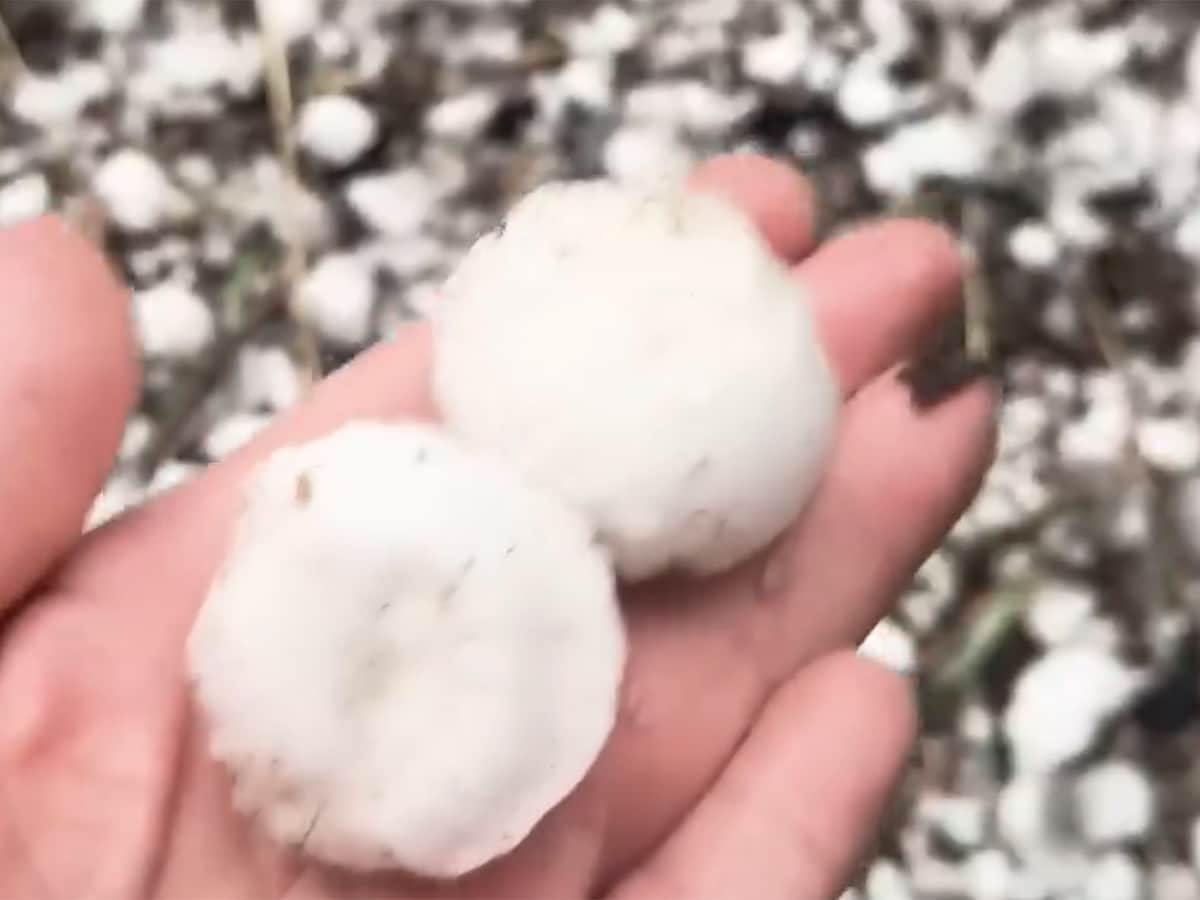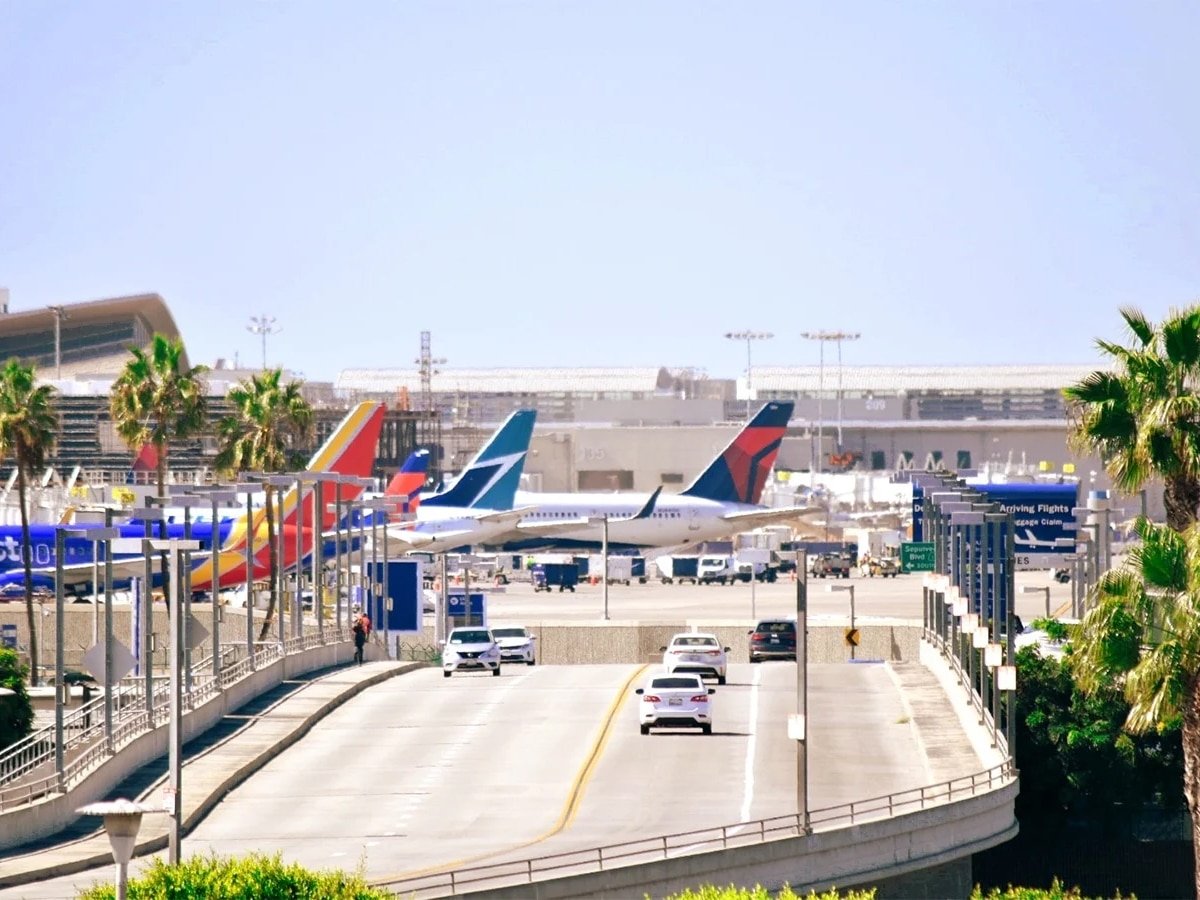This post contains references to products from one or more of our advertisers. We may receive compensation when you click on links to those products. For an explanation of our Advertising Disclosure, visit this page.
Living in Los Angeles, hail is a rare sight. The only time I can remember it hailing here was a couple of years ago and it barely lasted a minute. I’ve seen it once in Palm Springs (about three years back), and plenty of times growing up in Connecticut or during my travels. The most memorable time was in Dallas, where the hailstones were so huge, I truly couldn’t believe my eyes.
 Speaking of shocking… did you see this video that’s going viral on social? It’s embedded below:
Speaking of shocking… did you see this video that’s going viral on social? It’s embedded below:
View on Threads
It took place in Fremont, Nebraska and really showed how intense hail can be, cracking the car’s windshield and completely smashing one of its windows.
While scenes like this aren’t an everyday occurrence, they’re not exactly rare in parts of the country either. Here’s what you need to know if you’re traveling through hail-prone regions:
Hailstorms happen, especially in the Great Plains
The Great Plains, including Nebraska, Kansas, Oklahoma and parts of Colorado, is known as “Hail Alley.” Warm, moist air from the Gulf of Mexico collides with cold, dry air from the Rockies, creating ideal conditions for powerful thunderstorms and, you guessed it … hail.
How big is big enough to cause damage?
Hailstones larger than an inch can crack windshields, while two-inch hailstones (roughly the size of an egg), are often responsible for major vehicle and property damage. Based on the damage seen in Fremont, the hailstones were likely large and forceful enough to count as serious damage.
When is hail most likely to strike?
If you’re traveling through these areas between April and July, you’re in peak hail season. Severe storms can happen a few times a year in these areas, and while not every storm causes destruction, the ones that do can be costly, especially for travelers caught out in the open.
What can you do to protect your car?
If you’re driving through hail-prone regions, plan ahead. Park in a garage or covered structure if possible, or use a hail-resistant car cover. Even a thick blanket can offer some buffer in a pinch, though it won’t stop larger hailstones from doing damage.
What If You Get Caught in a Storm?
If your car suffers hail damage, comprehensive auto insurance usually covers repairs. Be sure to check your policy details, especially before a road trip, so you know what’s covered and what your deductible looks like.
Fremont’s recent storm is a good reminder that nature can be unpredictable. While severe hailstorms don’t happen every day, they’re a seasonal reality in parts of the Midwest and Great Plains. If you’re hitting the road through these areas, a little extra prep can go a long way in protecting your vehicle—and your travel plans.
KEEP READING
–How to save money with a secret third carry-on
–How to use your wireless headphones to watch in-flight movies
–10 airport security hacks every traveler should know
–How to get the best coach seat on the plane
–The sleep hack every traveler needs to know
Want more travel news, tips and deals? Sign up to Johnny Jet’s free newsletter and check out these popular posts: The Travel Gadget Flight Attendants Never Leave Home Without and 12 Ways to Save Money on Baggage Fees. Follow Johnny Jet on MSN, Facebook, Instagram, Pinterest, and YouTube for all of my travel posts.



